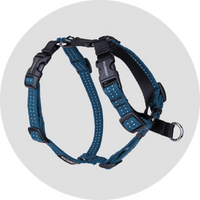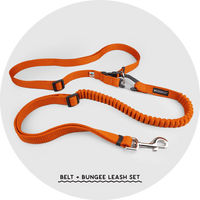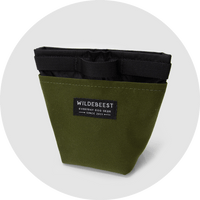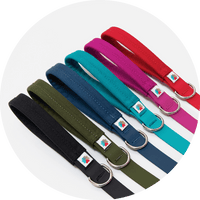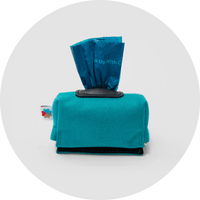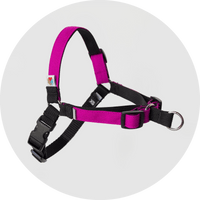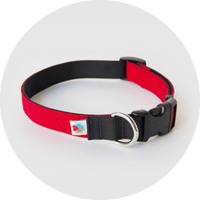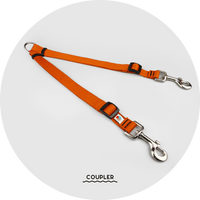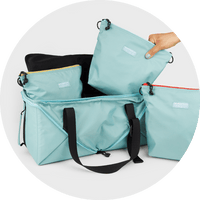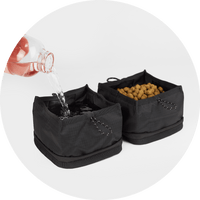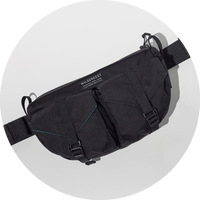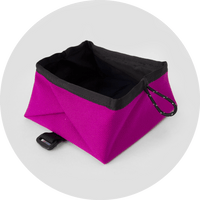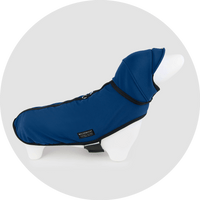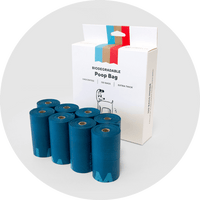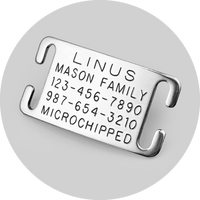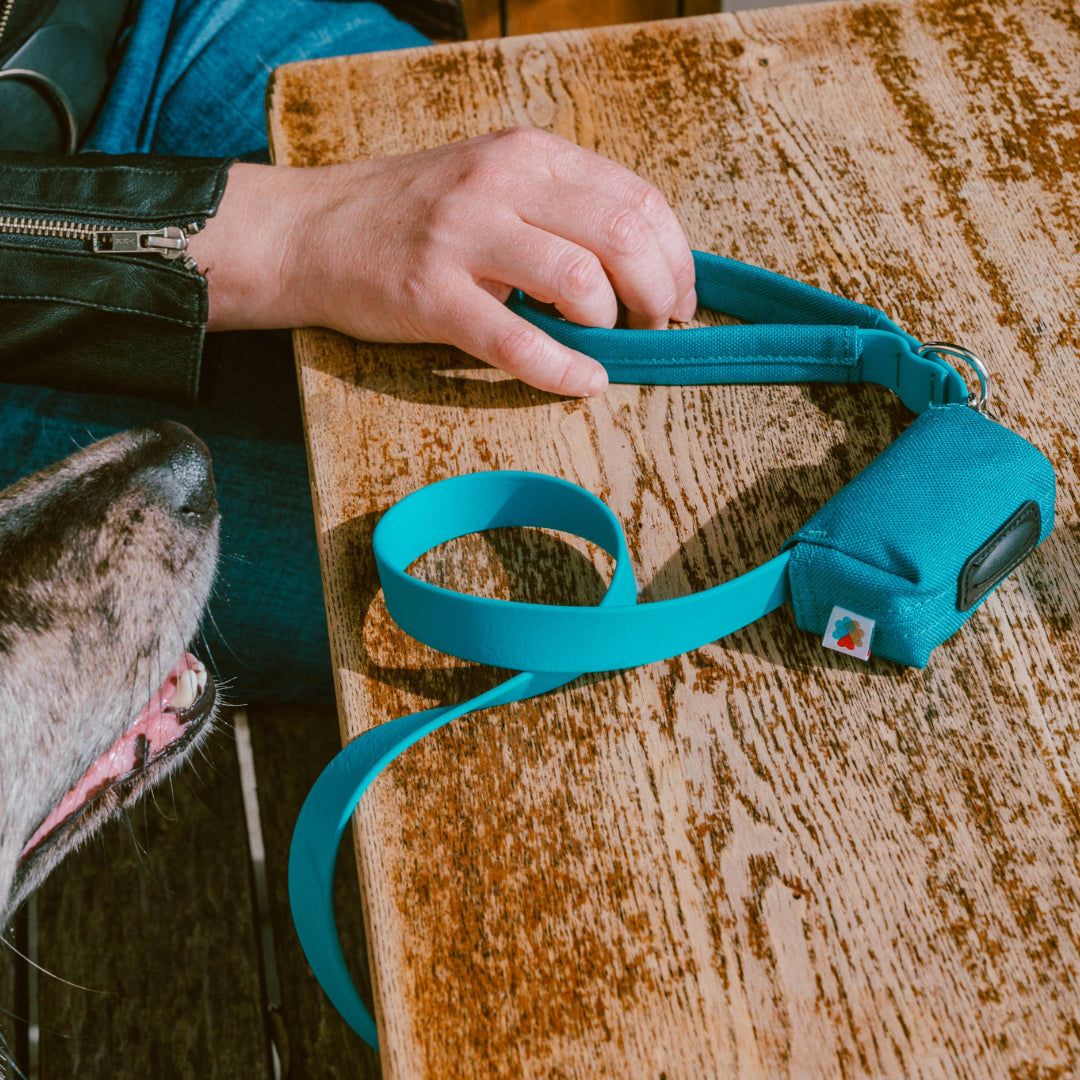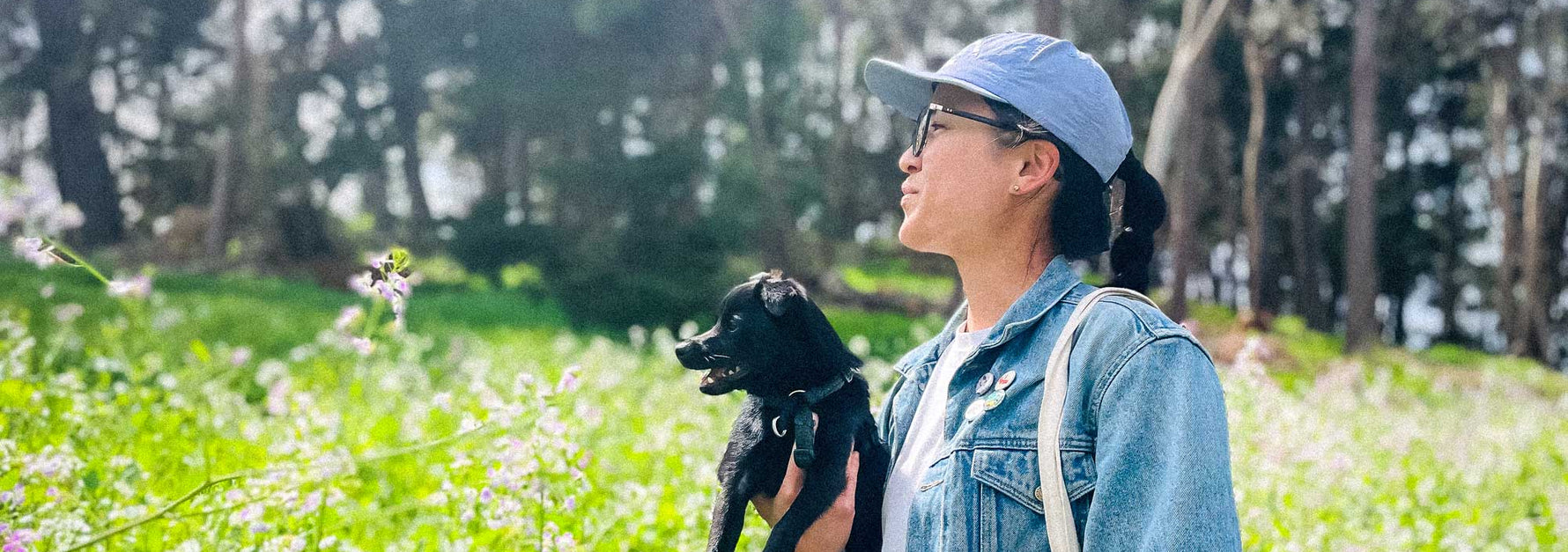Wildebeest's Guide to Doggy Dental Care

photo credit: @tassterapi
Let’s be honest. Dental health is not the first thing we think about when getting a dog, especially a puppy… with those tiny perfect teeth and milky breath and all! However, it’s also really easy to neglect oral health and if you’ve been around dogs enough, you probably know what “not-so-great dog breath” can smell like.
With a lot of new dog parents lately and us getting to spend more time with our pups than ever, we wanted to share more info on the important topic of oral health and how you can start taking action.
The truth is, dental disease is quite prevalent in dogs. Signs of periodontal disease in dogs are commonly seen by the age of three, beginning with bad breath and tartar build up. It’s recommended that dogs get their first teeth cleaning right around 2-3 years of age. If not taken care of regularly or treated properly, these early signs can eventually lead to gum infections, tooth loss or more serious health issues that can cause prolonged pain and discomfort for your dog.
Here are a few different at-home dental disease prevention methods that you can practice to keep pup’s teeth healthy. Find a method or two that work best for you and your pup and build it into your routine.
Dental Chews
These are treats that can be given daily that helps stimulate the production of saliva to prevent plaque and tooth decay
Teeth Cleaning Toys
A type of chew toys that help clean pup’s teeth and soothe their gums while entertaining them
Dental Wipes
An alternative to tooth brushing that helps prevent tooth decay by removing harmful oral bacteria in your pup’s mouth
Oral Care Solutions
Oral care additives can be mixed to your pup’s water to reduce plaque and provide fresh breath
Dental Supplements or Diets
Certain probiotics, fatty acids and antioxidants are beneficial for your dog's immunity and overall wellbeing as well as oral health
Tooth Brushing
This is the most effective method as daily tooth brushing keeps gums clean and plaque free. Here's how to brush your dog's teeth step-by-step. If it takes time moving on to the next step, be patient and don't force it. Keep it short and sweet
-
Introduce pup to a pet safe toothpaste by letting them smell and lick it. Most dog toothpastes are flavored to their liking.
-
Apply the toothpaste to pup's gums and teeth using your fingers while gently lifting their lips or keeping the mouth open.
-
Once pup gets used to step 1 & 2, introduce a tooth brush with toothpaste on it. Find a soft brush with the right size head for your pup or a rubber brush that fits around your finger.
-
Start brushing work your way from one side to the other in circular motion and with bristles angled up towards gum line. give any built-up tartar extra attention if possible.>
-
Praise and reward pup during brushing -- it's ok to stop to reward and resume -- and also when you're done!

After finding a method that works, the first step is getting your pup comfortable with it. Let them get used to being around it and practicing it by gradually and consistently exposing and desensitizing them to the chosen method. Develop a routine for it, for example brush their teeth in the morning before a morning walk or reward them with a dental chew after their afternoon potty break. As your dog ages, you may want to try out different methods to adapt best to their needs and conditions.
Also consider scheduling regular teeth cleanings / examinations with your vet. At least one teeth cleaning a year is generally recommended. Note that most dental care by the vet requires anesthesia. The risk of anesthesia for dogs is low but that doesn’t mean you shouldn’t be concerned. Your vet should perform a thorough physical exam and review your dog’s medical history and discuss any risk factors. You can ask them about how they monitor their anesthetized patients and what their safety record is for reassurance. If you have an older dog or dogs with other health issues, talk to your vet about a plan that is specific and will work best for them in treating their dental concerns.
Whichever methods you decide to use for your pup’s dental health, the key is to keep them up by implementing them into your daily routine. If you are trying to introduce a new method to your routine, make sure to take a few minutes each day working towards desensitizing those tools until pup feels comfortable. And don’t forget to keep your Treat Pouch nearby as well to reward them easily during your training.
Your dog’s dental health is just as important as your own. And it’s never too late to start taking care of it. If you don't have a doggy dental routine already, use our guide to get one started or to further your research today. Remember, a healthy pup is a happy pup! :)
Wildebeest is committed to creating quality everyday products that keep you & your beest ready for all your adventures. Show us how you enjoy our gear — tag us on @wildebeest_co or use #mywildebeest!

